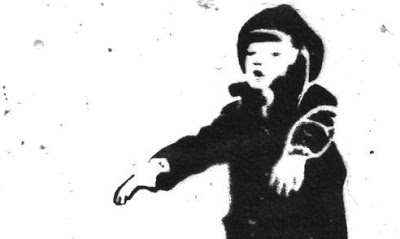The condition of walking in sleep is known as somnambulism, and scientists and researchers have not been able to solve the mysteries surrounding this condition yet. Though the cause of getting this particular illness is unknown, several researchers have made in-depth psychological and physiological studies to “sleepwalkers.”
A person who is fast asleep according to his normal routine will suddenly undergo some change in his sleep. Some part of his brain will stay awake, which makes the person active enough to move and walk about the bedroom or any location where he is sleeping. The other inactive parts of his brain remain asleep, so the person is not fully awake during this process.
In sleepwalking, the eyes are usually open, the belief that a sleepwalker moves around the area with his arms outstretched in front of him as if trying to fumble his way forward or feel obstacles before him is incorrect. However, as the somnambulist is asleep, sometimes he makes risky attempts to walk through a transparent glass door. Because of the hyperactive subconscious that creates our dreams while we sleep, some sleepwalkers are known to have fallen down on the road from a high balcony and lost their lives trying to cross over the railing of the balcony as if it is a continuous path. Apart from the risky sleepwalks experienced by a few, there are thousands of somnambulists reported to have climbed up and down the stairs, played musical instruments, painted pictures, and the most common of all, go out for a walk while asleep.
The most pitiful of those who experience sleepwalking are those who suffer from a disease called non-insane automatism that can worsen the effects of somnambulism to the body. These people who are affected by both conditions would violently attack others or even commit murder while they are asleep. An American magazine titled “Sleep” published a research article in 1996, which analyzes the said disease. The article contained a case study of a 23-year old Canadian who, while in his sleep, had driven to a relative’s home and murdered him.
Another case involved a girl in Kentucky, a state in the United States, who dreamt that thieves had broken in their house. As an act of self-defense, she opened a drawer and took out two revolvers. While still sleepwalking, she fired haphazardly on the thieves in her dreams, but in real life, the ones she shot was her father and her 6-year old brother.
People who commit these gruesome crimes during their sleep have no realization of what they have done, and even after waking up, they have no recollection of the things that they have done. Taking into account the absence of motive, as well as the lack of even the realization of having committed a crime, courts in some states of the United States acquit the culprits, but they do order them to remain under observation by a government-approved psychoanalyst.
Is There a Cure for Sleepwalking?
There is currently no known cure for somnambulism, but there have been several treatments and preventive measures tested on sleepwalkers over the years. One of the earliest preventive treatments was hypnosis, wherein the psychiatrist would hypnotize the person to stop subconsciously stop himself from sleepwalking. Another method tested on patients was by shocking them with electricity, although this procedure was eventually discontinued because of its cruelty. Medicines or drugs were also consumed by sleepwalking patients to help them get better sleep and prevent some parts of their brains from remaining active.
As most of these tests were unfruitful in stopping someone from sleepwalking, most researchers have begun focusing on safety planning, wherein friends or family members can be alarmed if their loved one is sleepwalking. The most common items used for safety planning are door alarms, which activates if the sleepwalker is opening the door. There are also bed alarms that attach to the bottom of the mattress, and once the sleepwalker leaves his or her bed, the alarm will activate. These alarms can help wake the sleepwalker so that he or she can be aware of what is happening, or it can wake the other people in the house who can stop the sleepwalker from moving.

